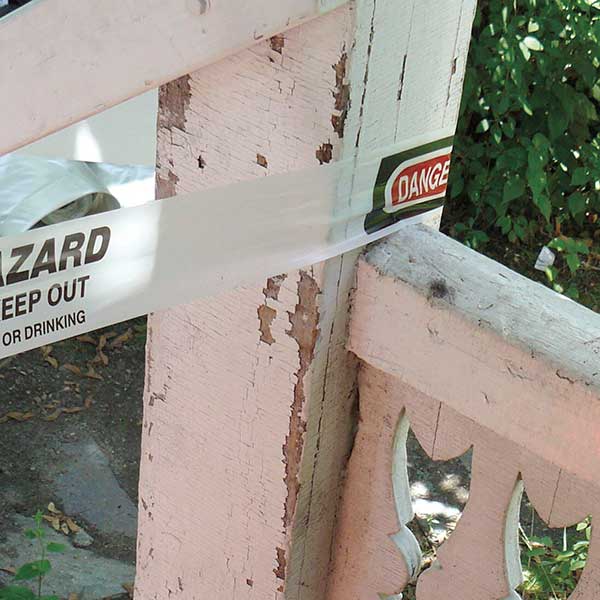Why we care…
Lead poisoning is entirely preventable. However, nearly 1 million children living in the United States have blood levels high enough to impair their ability to think, learn, and concentrate. Lead poisoning is still a serious issue in the Upper Valley. Children are particularly vulnerable, and many remain overdue for routine blood lead level testing. Our region faces elevated risks due to older housing stock and aging water systems, which can both be sources of lead exposure.
For more data about lead exposure in the Upper Valley Region of New Hampshire, see this 2023 Lead Exposure Data Brief.









 The New England Lead Coordinating Committee
The New England Lead Coordinating Committee





